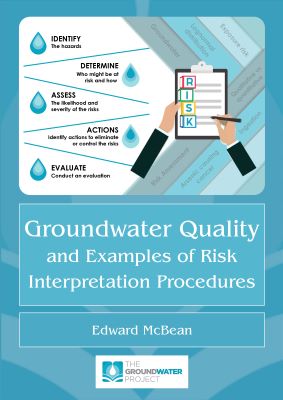Risk is about events or circumstances that cause problems; thus, risk identification starts with attention to the source of the risk. Once the source is identified, the next step is to determine whether exposure to the risk may harm humans or the environment—and whether that exposure warrants control or management of the risk.
The issue of risk exposure and management is challenging. Sources of exposure may vary, and the data required to characterize the risk are typically sparse. However, while we generally want to avoid risk, risks are associated with everything a person does. Accordingly, risk can only be managed to the degree feasible. One example of risk management is to determine if the risk is sufficiently small in comparison to the other risks we are exposed to on a regular basis. If this is the case, then we must accept that some risk remains, but it is manageable.


